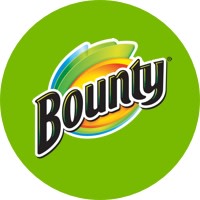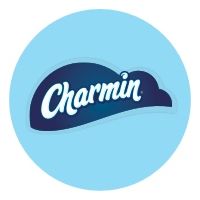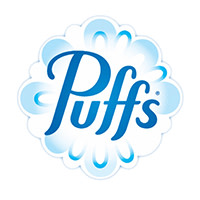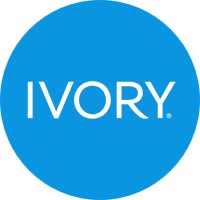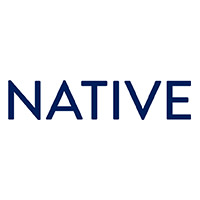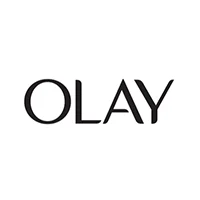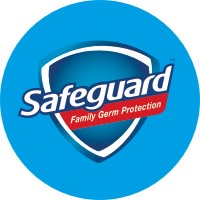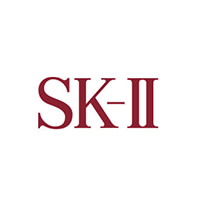
Brands.
P&G brands are trusted to provide products of the highest quality and superior performance and value for the daily-use cleaning, health and hygiene needs of consumers around the world.
Baby Care

Charlie Banana
Baby Diapers
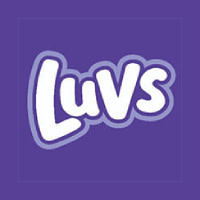
Luvs
Baby Diapers
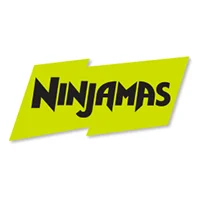
Ninjamas
Nighttime Underwear
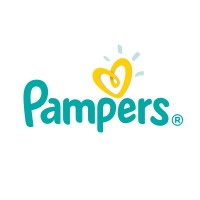
Pampers
Baby Diapers
Fabric Care
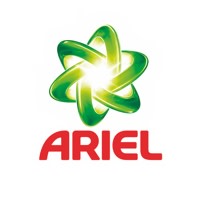
Ariel
Laundry Products
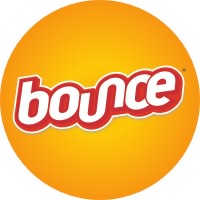
Bounce
Dryer Sheets & Fabric Care
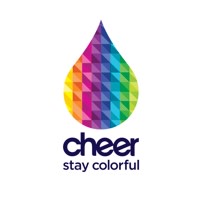
Cheer
Laundry Products
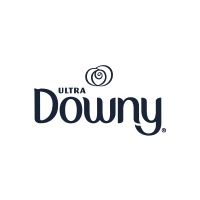
Downy
Fabric Protectors & Softeners

Dreft
Baby Detergent & Laundry Products

Era
Laundry Products
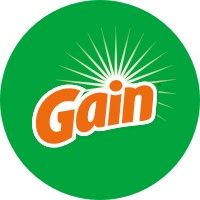
Gain
Laundry & Home Products
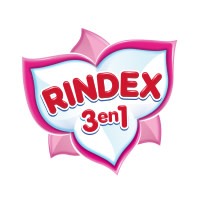
Rindex 3en1
Laundry & Home Products
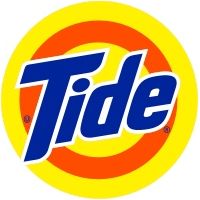
Tide
Laundry Products
Feminine Care

Always
Feminine Care Pads

Always Discreet
Incontinence Pads

Just
Feminine Care Pads and Tampons
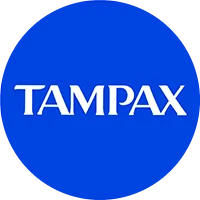
Tampax
Feminine Care Tampons

This is L
Period & Bladder Care
Grooming

Braun
Personal Grooming
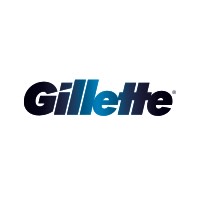
Gillette
Razors & Skin Care

joy+glee
Razors, Waxes, & Creams
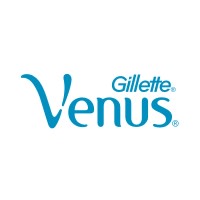
Venus
Razors & Shaving Gels
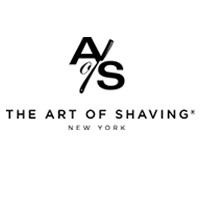
The Art of Shaving
Personal Grooming
Hair Care

Aussie
Hair Care
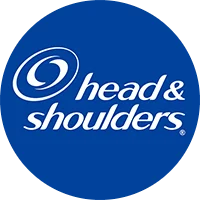
Head & Shoulders
Hair Care
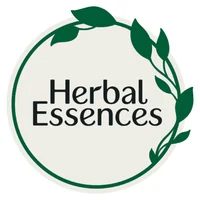
Herbal Essences
Hair Care
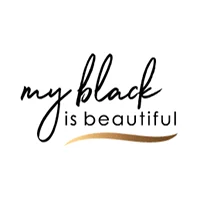
My Black Is Beautiful
Hair care
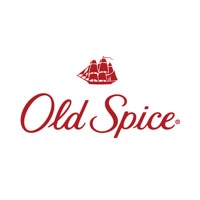
Old Spice
Hair & Skin Care
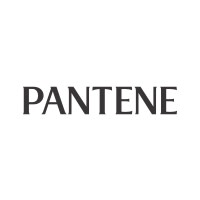
Pantene
Hair Care
Home Care

Ambi Pur
Odor Eliminators
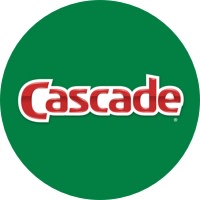
Cascade
Dishwasher Detergent
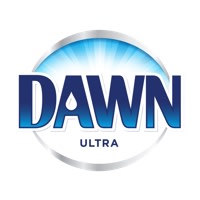
Dawn
Dishwashing Liquid
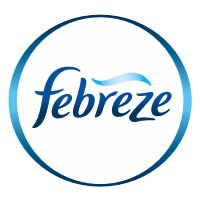
Febreze
Odor Eliminators

Gain
Laundry & Home Products
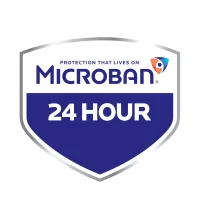
Microban 24
Home Cleaning Products
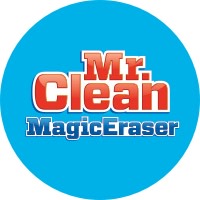
Mr. Clean
All-Purpose Home Cleaners
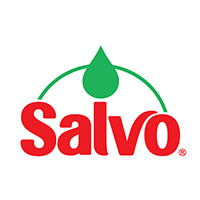
Salvo
Dishwashing Liquid
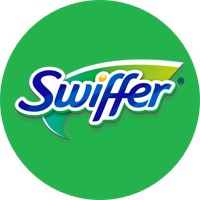
Swiffer
Multi-Surface Dusters & Cleaners
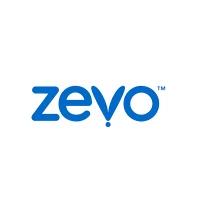
Zevo
Insect Repellent
Multi brand Programs
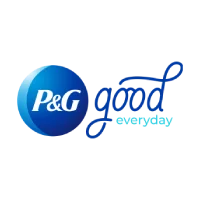
P&G Good Everyday
US Multi-brand (CRM) Program

P&G Good Everyday
Canada EN Multi-brand (CRM) Program

P&G Good Everyday
Canada FR Multi-brand Program

Desideri Magazine
Italy Multi-brand (CRM) Program

Envie de Plus
Belgium FR Multi-brand (CRM) Program

Envie de Plus
France Multi-brand (CRM) Program
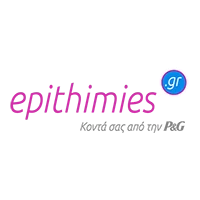
Epithimies
Greece Multi-brand (CRM) Program

EverydayMe
Hungary Multi-brand (CRM) Program

EverydayMe
Poland Multi-brand (CRM) Program

ForMe
Germany Multi-brand (CRM) Program

KadınlarBilir
Turkey Multi-brand (CRM) Program
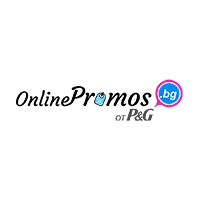
Online Promos
Bulgaria Multi-brand (CRM) Program
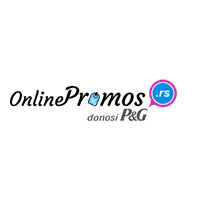
Online Promos
Serbia Multi-brand (CRM) Program

Para mim
Portugal Multi-brand (CRM) Program

Próxima a ti
Spain Multi-brand (CRM) Program
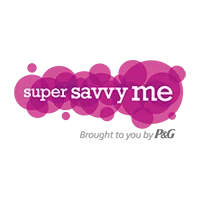
Super Savvy Me
United Kingdom Multi-brand (CRM) Program

Zin in meer
Belgium NL Multi-brand (CRM) Program

Youtil
Romania Multi-brand (CRM) Program
Oral Care
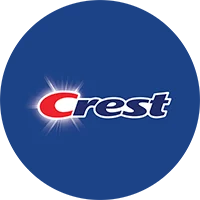
Crest
Dental Care
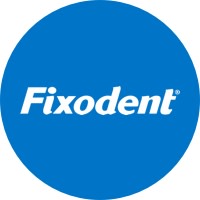
Fixodent
Denture Adhesives
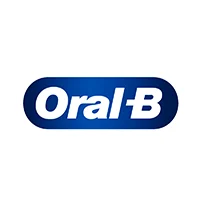
Oral-B
Toothbrushes & Dental Floss

Scope
Mouthwash
Personal Health Care
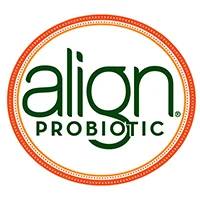
Align
Probiotic Supplements
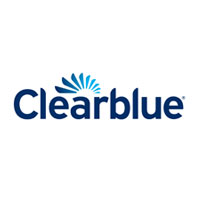
Clearblue
Pregnancy & Ovulation Tests
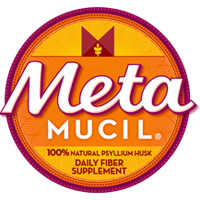
Meta
Daily Fiber Supplements
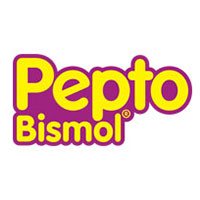
Pepto-Bismol
Upset Stomach Relief
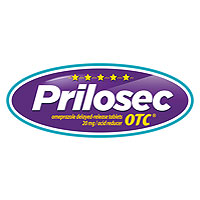
Prilosec OTC
Heartburn Relief
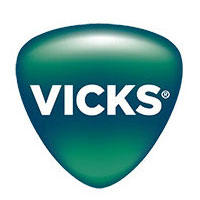
Vicks
Cough, Cold & Flu Relief
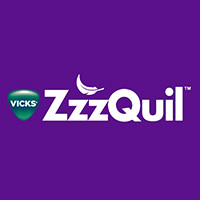
ZzzQuil
Sleep Aid
